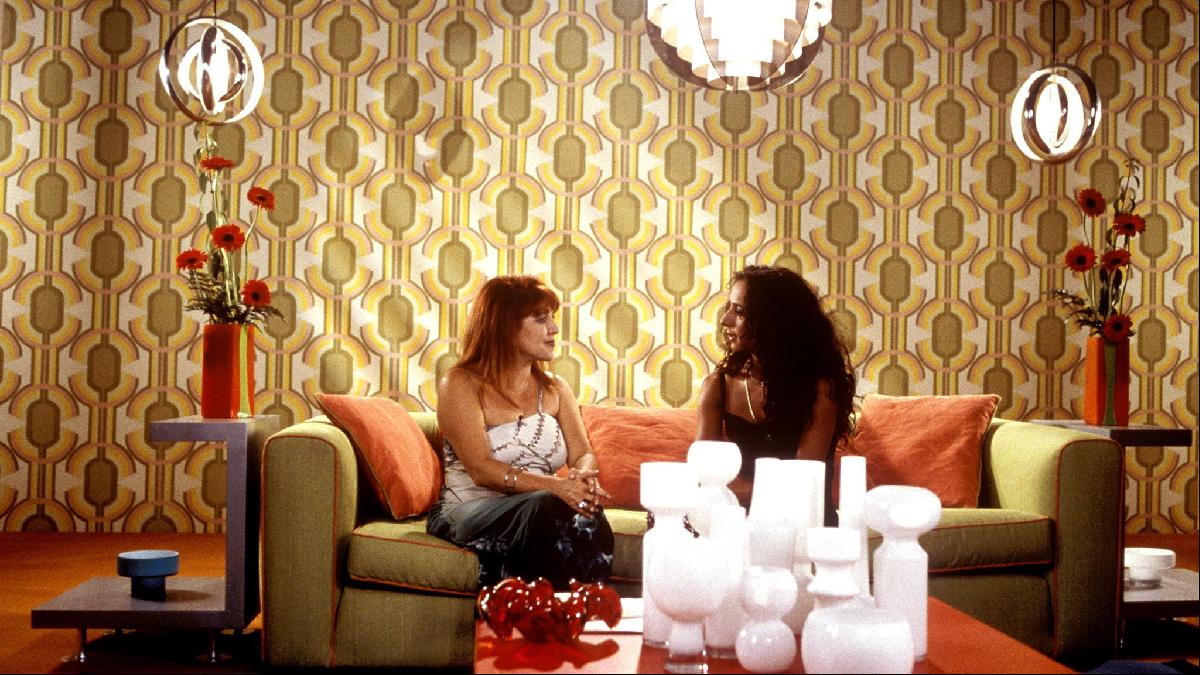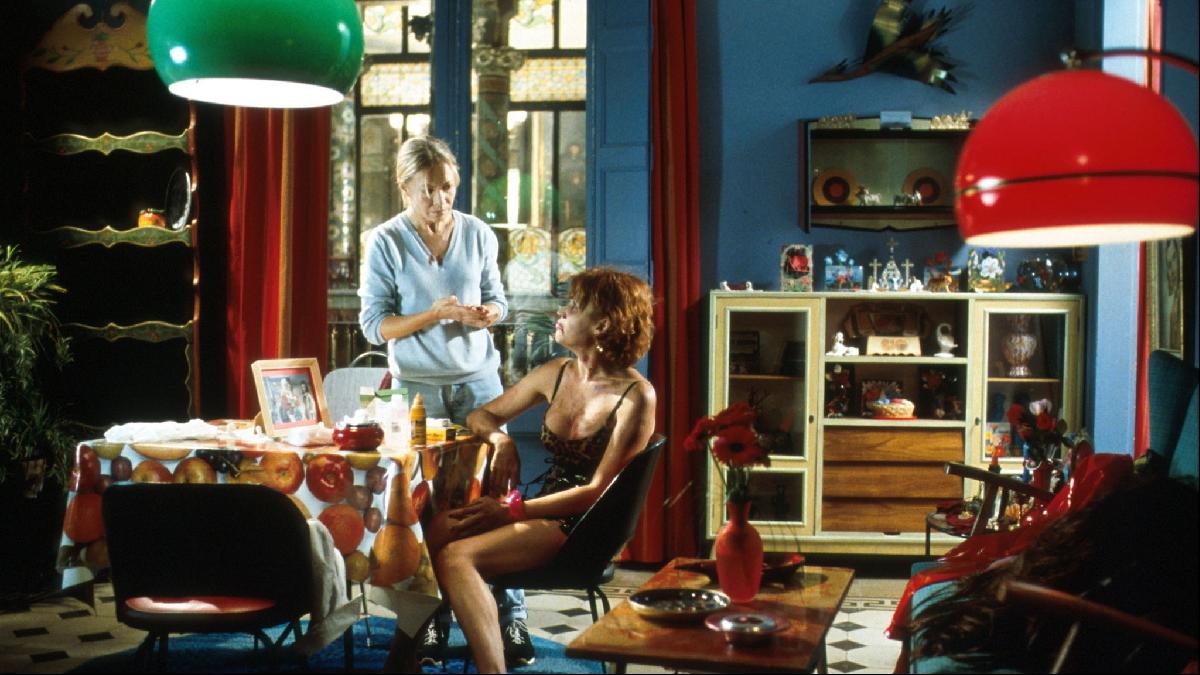
By James Greig
As a teenager, I owned a DVD box set of three Pedro Almodóvar films: Live Flesh (1997), All About My Mother (1999), and Talk To Her (2002). These films, representing a more subdued and refined period of the Spanish director’s work, sparked my imagination for my ideal home.
Despite the dark and intense subject matter of these films, which explored themes of death, rape, addiction, and violence, I found them aspirational. I wanted my life to be as passionate and vibrant as that of the characters. I longed to live in a sun-soaked city, attending glamorous parties and nights at the theater. The vision of Spain portrayed in these films represented the epitome of confident, modern European cosmopolitanism.
Unbeknownst to me at the time, this impression was accurate. The Spanish economy was booming, and there was an atmosphere of optimism, with a belief that life would continue to improve at a rapid pace. However, the 2008 financial crash shattered the dream of perpetual progress. Nevertheless, Madrid still remained an exciting place to live.
When I moved to the city in my early twenties, I discovered a reality that differed slightly from my teenage fantasies, yet it was close enough to prevent complete disillusionment. My ideal home would be situated in a grand, albeit slightly deteriorating, apartment building in the vibrant gay neighborhood of Chueca or overlooking the majestic Segovia Viaduct, a prominent feature in several of Almodóvar’s films.

The interior design of my fantasy home would incorporate many of Almodóvar’s signature aesthetics. The living room would feature vibrant red wallpaper, symbolizing my fiery and sensual personality. Tablecloths with kitschy patterns, glossy cabinetry with contrasting artificial textures, and a tiled bathroom with bead curtains would contribute to the overall aesthetic. Occasionally, I would add unique furniture pieces, such as the Gae Aulenti table on bicycle wheels or the mid-century arc lamps with glass shades. However, I would avoid the Pop Art paintings and religious kitsch often seen in Almodóvar’s films. My preferred style would be Almodóvaran minimalism – simple and unadorned.
Unlike the dark and cramped flatshares I have become accustomed to in Britain, my ideal home would be light and spacious. It would have a balcony for drying clothes, eliminating the need to hang wet socks in every available space in my bedroom. I would live there alone.
The essence of my fantasy home lies in the idea that I would rarely be there. It would serve as a backdrop to a vibrant and exciting metropolitan life. Whenever I felt restless, I would step out the door in my leopard-print coat, already immersed in the energy of the city. I would never have to wait in the rain for a night bus or spend money on an Uber.
Day or night, the air would be warm, and the streets would buzz with life. As Leocadia, the protagonist of Almodóvar’s The Flower of My Secret (1995) said, “In Madrid, it’s never late.” There would always be a bar open, where I could enjoy a vermouth in solitude or have a passionate rendezvous with my fiery-tempered lover who possessed the spirit of an Andalusian poet.
Moving to Madrid provided a taste of this lifestyle, even if I did not experience the tempestuous romance or live in a quintessential Almodóvar set. While my social life mainly revolved around lackluster friendships with other expats, I could afford a room in the city center and dine at restaurants almost every evening. Regardless of the hour, I had the freedom to make plans or respond to invitations and walk anywhere I desired.

After years of being pushed into the quiet suburbs of London, I yearn to once again be immersed in the heart of a city and escape the feeling of stagnation after a certain hour. Even if I could afford to live centrally in London, I would inevitably find myself conducting late-night encounters in McDonald’s or a Leicester Square casino, lacking the same allure.
Ultimately, my Almodóvar fantasy was unattainable because it required me to be Spanish. While my fluency in the language improved and I adopted certain mannerisms, there was always a cultural gap. I came to realize that no matter how long I stayed, I would never truly belong to the multi-generational families I envied during their lively Sunday lunches. Accepting that I could never be Penélope Cruz, I left Madrid.
However, I still maintain hope that one day, if the housing crisis eases and London relaxes its drinking laws, I can create a slice of Almodóvaran paradise right here. A home that is not a place of confinement or seclusion, where all the pleasures of urban life are just outside my doorstep.
Photography: Alamy; Sony Pictures
Denial of responsibility! VigourTimes is an automatic aggregator of Global media. In each content, the hyperlink to the primary source is specified. All trademarks belong to their rightful owners, and all materials to their authors. For any complaint, please reach us at – [email protected]. We will take necessary action within 24 hours.

